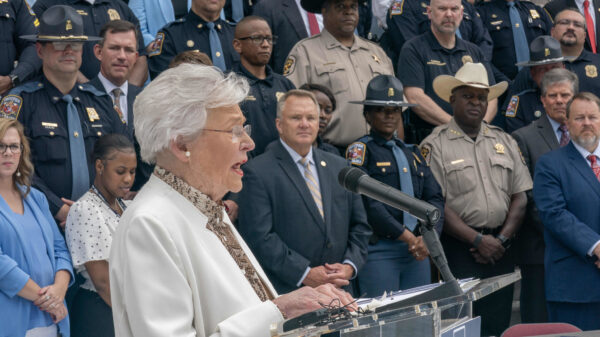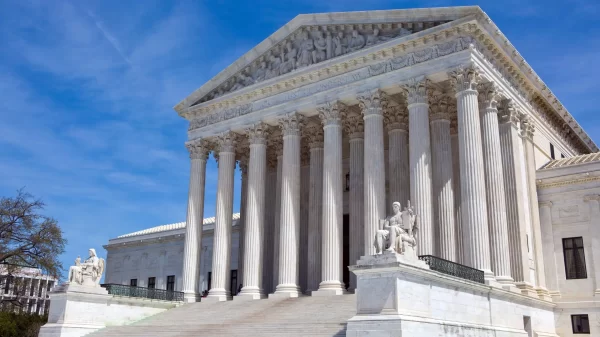By Brandon Moseley
Alabama Political Reporter
Friday, January 20, 2017 a three judge federal court panel ruled that the state of Alabama violated the U.S. Constitution when it drew three Alabama Senate Districts and nine House Districts following the 2010 census and are barred by the court from using those districts as presently drawn in future elections. This means redistricting now become a major task for the legislature during this 2017 session. The current House and Senate were elected using these districts. All of the 12 districts are held by Democrats.
The districts are: House District 32, represented by Rep. Barbara Boyd (D from Anniston); District 53, represented by Rep. Anthony Daniels (D from Huntsville); District 54, represented by Rep. Patricia Todd (D from Birmingham); District 70, represented by Rep. Chris England (D from Tuscaloosa); District 71, represented by Rep. A.J. McCampbell (D from Demopolis); District 77, represented by Rep. John Knight (D from Montgomery); District 82, represented by Rep. Pebblin Warren (D from Tuskegee); District 85, represented by Rep. Dexter Grimsley (D from Newville); and District 99 represented by Rep. James Buskey (D from Mobile).
In the Senate, the ruling cited District 20, represented by Sen. Linda Coleman-Madison (D from Birmingham); District 26, represented by Senate Minority Leader Quinton Ross (D from Montgomery) and District 28, represented by Sen. Billy Beasley (D from Clayton).
Rep. Todd and Sen. Beasley are the only two White legislators whose districts were cited as being unconstitutional.
The Court is claiming that Blacks were somehow marginalized by being packed into the majority minority districts. The legislature will have to redistrict almost the whole state to “unpack” excess minority voters into neighboring majority White Districts. According to a source close to the case some White voters in majority White overwhelmingly Republican leaning districts will have to be redistricted into the majority minority districts to compensate for the “unpacking” of Blacks from the majority minority districts. Democrats hope that by moving Black voters (who typically vote over 90 percent for Democrats) into majority White districts that that will make more districts competitive for them. Given the historical weakness of the Democratic Party with White voters in 2016 and 2014, sources question whether that would have much effect on the composition of the legislature where Republicans currently have commanding super majorities.
Does the Democratic party still have the financial resources or the ability to recruit competent candidates to unseat GOP incumbents even if the political gerrymandering of the district lines was reversed.
The lawyers are still reading the ruling. It is possible, though unlikely, that there will have to be a special election in 2017. The full legislature will face voters in 2018 either way. A new census is coming in 2020 so the whole state faces redistricting again using those census results before the 2022 elections.
The 2010 redistricting plan was approved by the legislature and was pre-cleared by the Obama U.S. Justice Department before the preclearance requirement was declared unconstitutional in the landmark ‘Shelby versus Holder’ Supreme Court Ruling.
Despite this, the Alabama Democratic Conference and Alabama Legislative Black Caucus sued challenging the state’s redistricting. The eleventh Circuit’s three judge panel had previously affirmed the constitutionality of the redistricting but the U.S. Supreme Court reversed that ruling and kicked the case back to the court in Atlanta. If Alabama is ultimately found at fault the state of Alabama will have to pay the plaintiff’s legal fees which reportedly are in excess of two million dollars.

















































